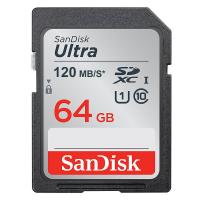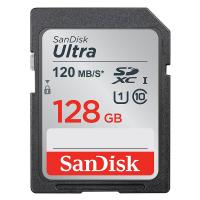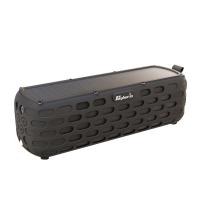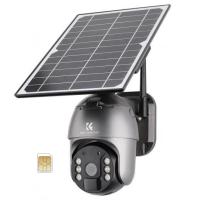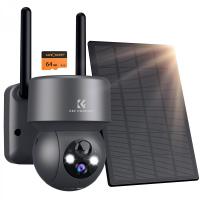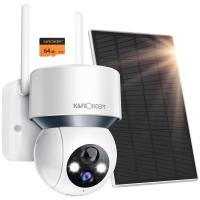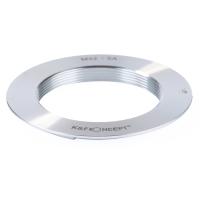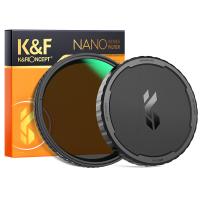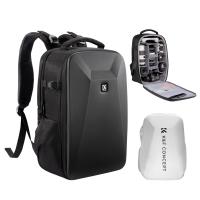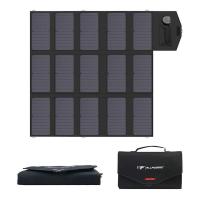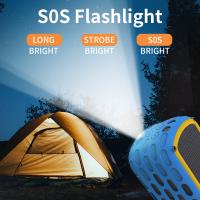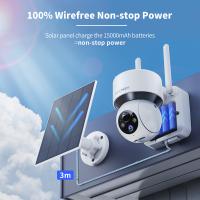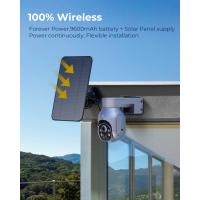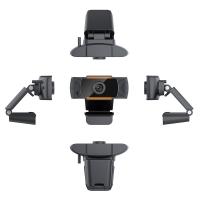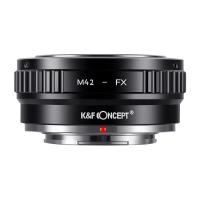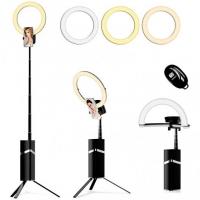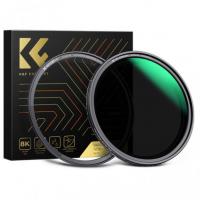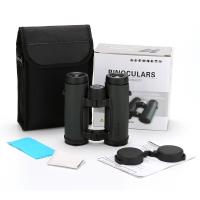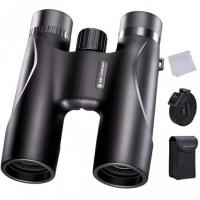Which Way To Point Solar Panels?
When it comes to optimizing the efficiency of solar panels, one of the most critical factors is their orientation. The direction in which solar panels are pointed can significantly impact the amount of sunlight they capture, and consequently, the amount of energy they generate. This article will delve into the best practices for orienting solar panels, taking into account various geographical locations, seasonal changes, and other influencing factors. By the end of this article, you will have a comprehensive understanding of how to maximize the efficiency of your solar energy system.
Understanding Solar Panel Orientation
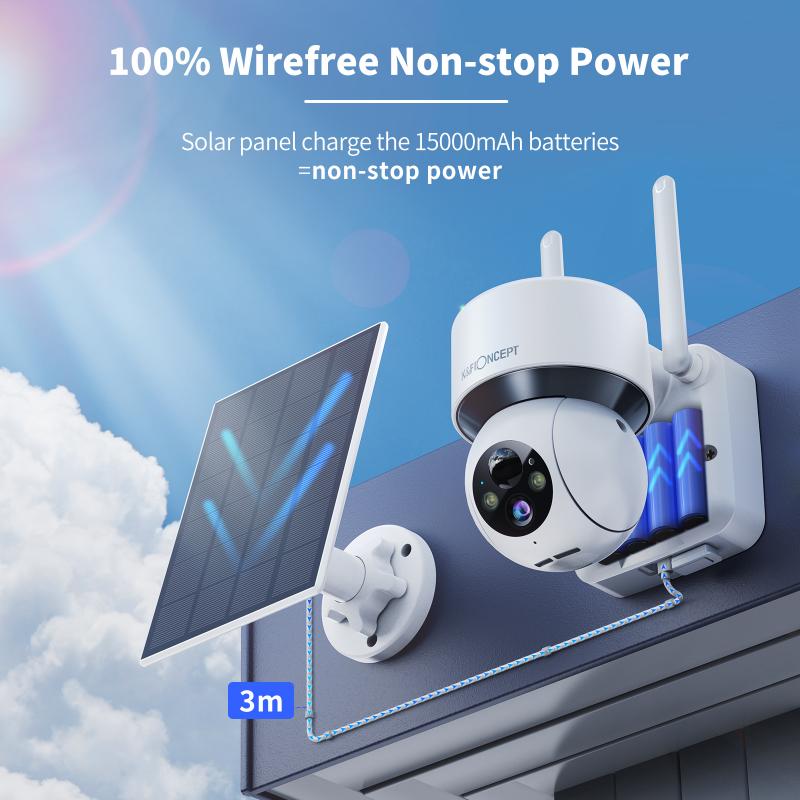
Solar panel orientation refers to the direction that the panels face. The primary goal is to maximize exposure to sunlight throughout the day. The optimal direction can vary depending on your geographical location, but there are general guidelines that can help you make an informed decision.
Northern Hemisphere
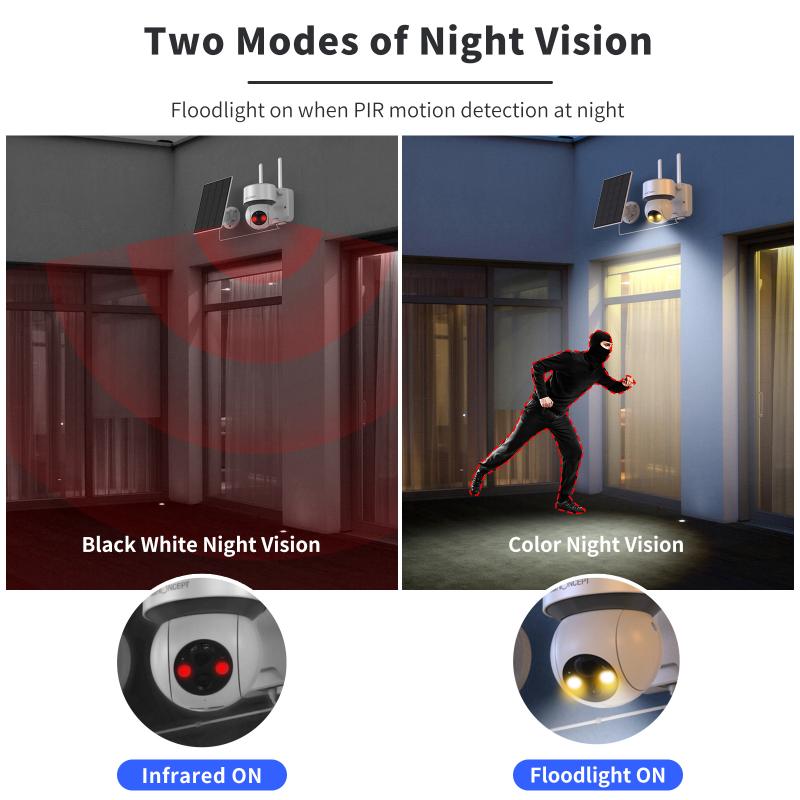
For those living in the Northern Hemisphere, the general rule of thumb is to point solar panels towards the true south. This orientation allows the panels to capture the maximum amount of sunlight throughout the day. However, it's essential to note that true south is slightly different from magnetic south, which is what a compass shows. You may need to adjust your panels slightly to account for this difference.
Southern Hemisphere

Conversely, if you reside in the Southern Hemisphere, the optimal direction for your solar panels is true north. Similar to the Northern Hemisphere, this orientation ensures that the panels receive the most sunlight during the day.
The Role of Tilt Angle
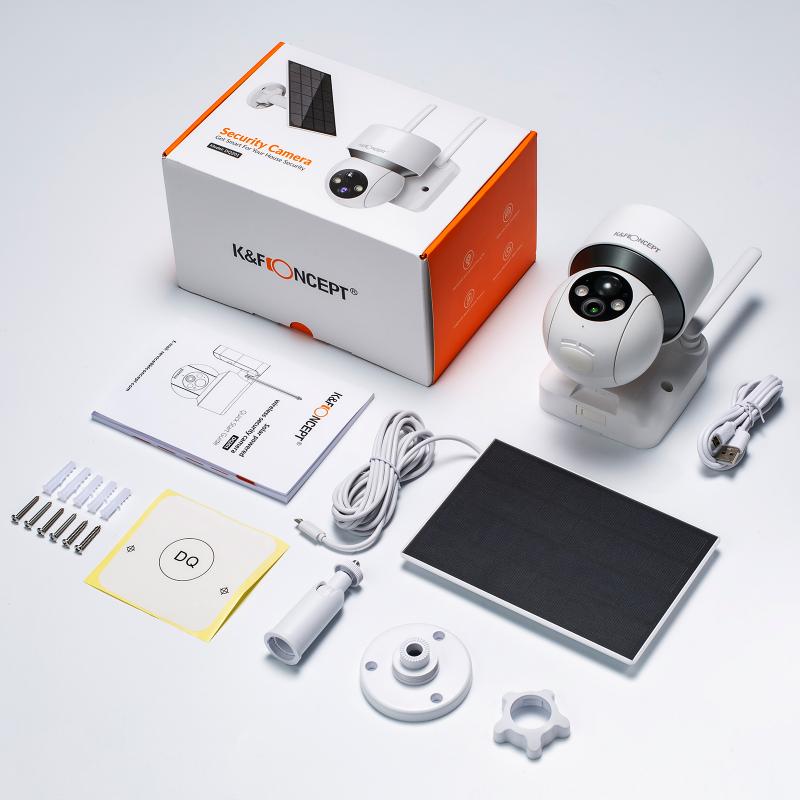
In addition to the direction, the tilt angle of the solar panels is another crucial factor. The tilt angle is the angle between the solar panel and the ground. The optimal tilt angle can vary based on your latitude and the time of year.
Latitude-Based Tilt
A common method to determine the optimal tilt angle is to set it equal to your latitude. For example, if you live at a latitude of 40 degrees, your solar panels should be tilted at an angle of 40 degrees. This method works well for maximizing annual energy production.
Seasonal Adjustments
To further optimize energy production, you can adjust the tilt angle seasonally. During the winter months, when the sun is lower in the sky, increasing the tilt angle by 15 degrees can help capture more sunlight. Conversely, during the summer months, decreasing the tilt angle by 15 degrees can be beneficial.
Factors Influencing Solar Panel Orientation
While the general guidelines provide a good starting point, several other factors can influence the optimal orientation of your solar panels.
Roof Orientation
If you are installing solar panels on a roof, the orientation of the roof itself can limit your options. In such cases, you may need to use mounting systems that allow for some adjustment to achieve the best possible angle.
Shading
Shading from trees, buildings, or other structures can significantly impact the efficiency of your solar panels. It's crucial to ensure that your panels are placed in an area with minimal shading throughout the day.
Local Climate
The local climate can also play a role in determining the best orientation for your solar panels. For example, in areas with frequent cloud cover, you may need to adjust the tilt angle to capture more diffuse sunlight.
Advanced Techniques for Optimizing Solar Panel Orientation
For those looking to maximize the efficiency of their solar energy system, several advanced techniques can be employed.
Solar Trackers
Solar trackers are devices that automatically adjust the orientation of solar panels to follow the sun's path throughout the day. While they can significantly increase energy production, they also come with higher costs and maintenance requirements.
Bifacial Solar Panels
Bifacial solar panels can capture sunlight from both sides, increasing their overall efficiency. These panels can be particularly effective when installed in areas with reflective surfaces, such as snow-covered ground or white rooftops.
Practical Considerations
While optimizing the orientation and tilt angle of your solar panels can significantly impact their efficiency, it's essential to consider practical aspects such as installation costs, maintenance, and aesthetic preferences.
Installation Costs
Adjustable mounting systems and solar trackers can increase the initial installation costs of your solar energy system. It's essential to weigh these costs against the potential increase in energy production to determine if they are a worthwhile investment.
Maintenance
Solar trackers and other advanced systems may require more frequent maintenance compared to fixed solar panels. Ensure that you are prepared for the additional upkeep before opting for these solutions.
Aesthetic Preferences
The appearance of your solar panels can also be a consideration, especially if you are installing them on a residential property. Some homeowners may prefer a more streamlined look, which can influence the choice of mounting systems and orientation.
Optimizing the orientation and tilt angle of your solar panels is crucial for maximizing their efficiency and energy production. By following the general guidelines for your geographical location and considering factors such as roof orientation, shading, and local climate, you can make informed decisions about the best way to point your solar panels. For those looking to further enhance their system's performance, advanced techniques such as solar trackers and bifacial panels can be considered. Ultimately, the goal is to achieve the highest possible energy output while balancing practical considerations such as installation costs and maintenance requirements. By taking a comprehensive approach to solar panel orientation, you can ensure that your solar energy system operates at its full potential, providing you with clean, renewable energy for years to come.


